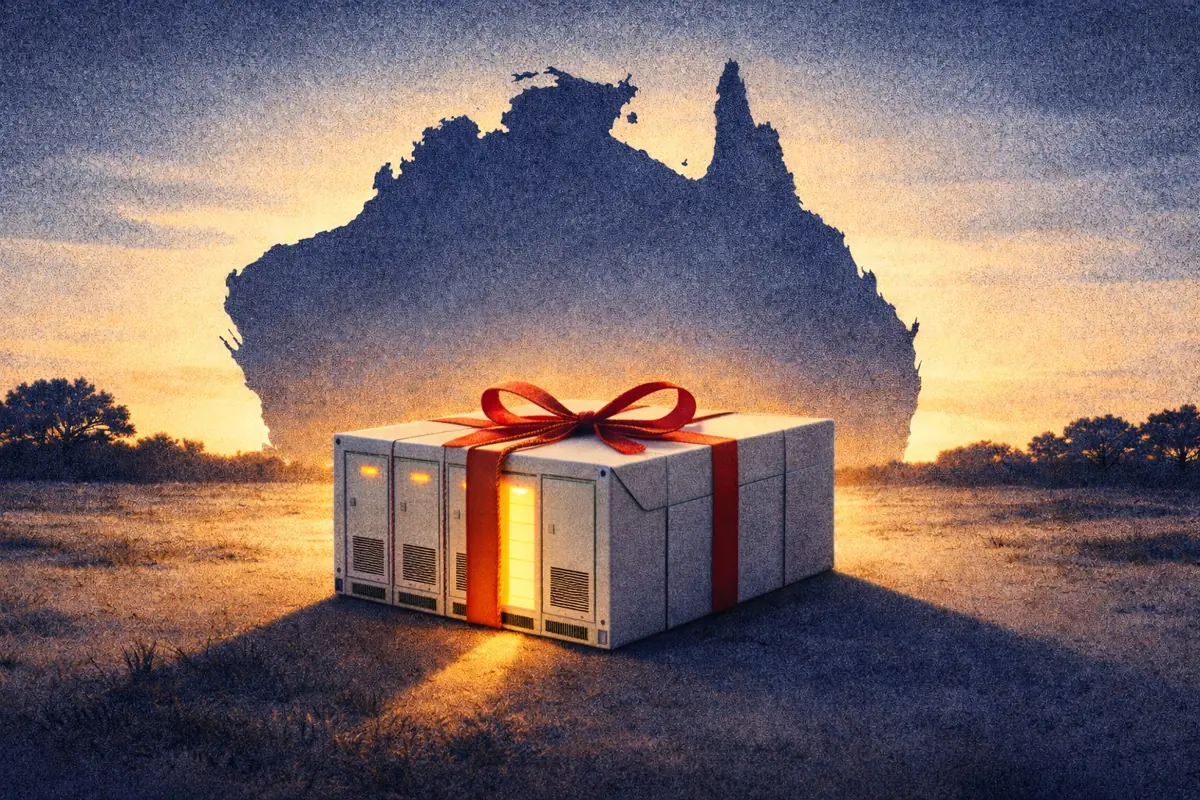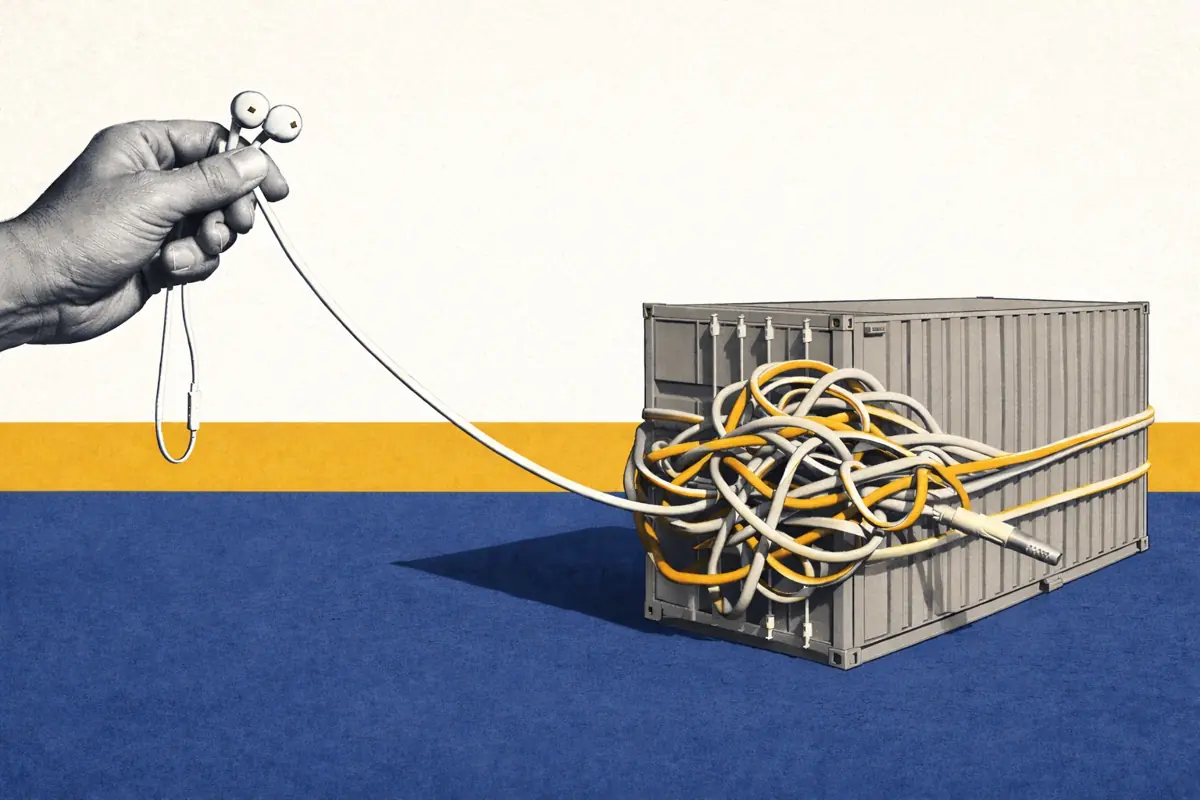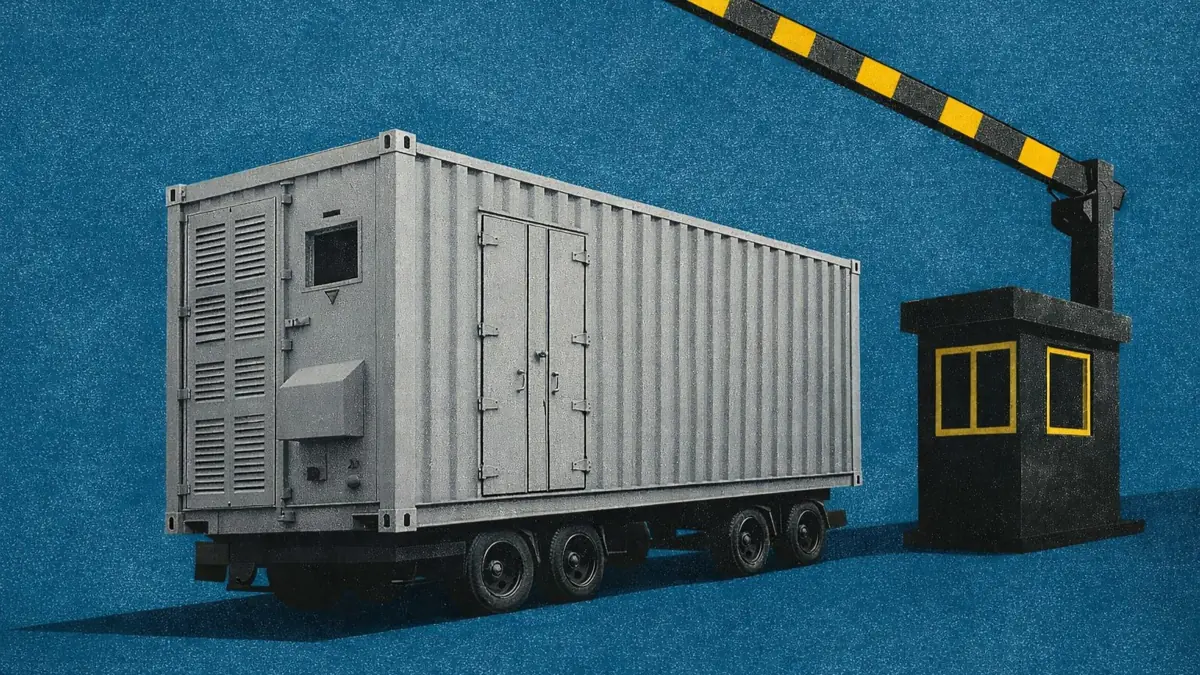Australia: The 2025 NEM Battery Energy Storage Pipeline Report
Australia’s NEM will see a massive increase in grid-scale battery energy storage capacity in the next three years. There are 16.8 GW of battery projects that could come online in the National Electricity Market (NEM) by the end of 2027. This would result in a ninefold increase in battery energy storage capacity in just three years - with 2 GW operational today.
So what is driving this battery build? And how are the new batteries different from what we have seen in the NEM so far?
Executive Summary
- The NEM has 16.8 GW of grid-scale batteries in the pipeline. But we project only 12.5 GW will be operational by the end of 2027, still a 7x increase from 2024 levels.
- Growth is led by New South Wales, Queensland, and Victoria, driven in particular by coal retirements and supported by a wave of large-scale batteries >300 MW.
- Battery durations are increasing, with 95% of future capacity being 2 hours or greater and average duration projected to rise from 1.5 to 2.5 hours by 2027.
- One-third of the pipeline is co-located with renewables, supported by economic factors and policies like the Capacity Investment Scheme (CIS).
- Private developers dominate the pipeline, with 75% of capacity progressing without government contracts.
Modo Energy subscribers can also download the full pipeline at the end of this article.
The pipeline is a database of battery projects in the NEM. This is sourced from the Australian Energy Market Operator’s (AEMO) Generation Information file and other resources. Each project has a specific estimated commercial operation date based on press releases and reporting, company websites, or direct confirmation from the companies responsible for the project.
The projection is Modo Energy’s expectation of how much capacity will actually come online. This is based on the development status of projects in the pipeline, alongside historic project trends, including delays and cancellations.
Actual buildout to fall below pipeline... but could still increase BESS capacity by 7x in three years
Of the 16.8 GW of BESS capacity in the pipeline, we project that 12.5 GW of this will actually begin commercial operation by the end of 2027. Even so, this buildout would result in a sevenfold increase in operational battery capacity over the next three years.
Download
Already a subscriber?
Log in







